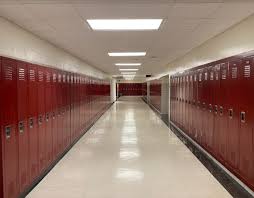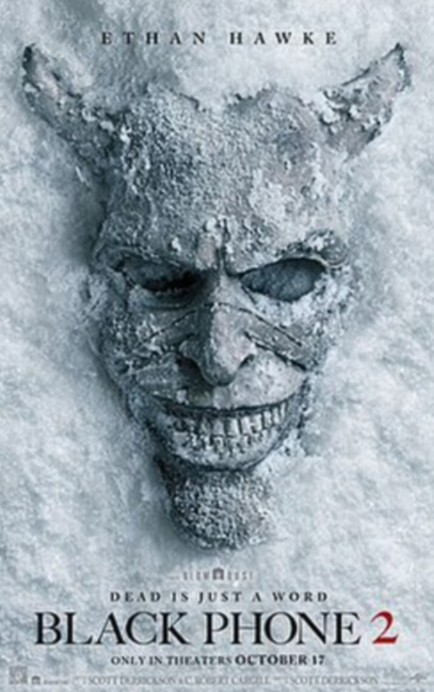Rap and poetry have way more in common than you might think. For starters, they both use rhyming schemes and repetition. Rap as a genre began at block parties in New York City in the early 1970s, when DJs began isolating the percussion breaks of funk, soul, and disco songs and extending them. The oldest ‘poetic’ text we know of is “Hymn to the Death of Tammuz”, dating back 2500 to 3000 years BC. It’s safe to say that poetry has been around way longer even than this. Artists in the rap genre took some of poetry’s style and made it their own.
Rhythm is something both rap music and poetry have in common. Without rhythm, the lyrics of hip-hop would be a condensed short story. The same can be said for poetry. Irish poet W. B. Yeats once said that poetry is an elaboration of the rhythms of common speech and their association with profound feeling. Poetry can have many different purposes. It can be a form of self-expression, a description of the world’s beauty, a form of entertainment, or even a teaching tool. Rapping combines rhythmic speech and contemporary urban colloquialisms in order to impart a specific message to the listener.
Rap and poetry also often have similar purpose- mainly to make the audience feel a certain way while reading their poems or listening to their songs. “Rap is definitely poetry,” says Latto, a well-known female artist and rapper. “We just do it on top of a beat.” Many poets would agree with her. Nonetheless, a line of demarcation persists between rap and poetry, born of outmoded assumptions about both forms: that poetry only exists on the page and rap only lives in the music, that poetry is refined and rap is raw, that poetry is art and rap is entertainment. Through its first four decades, rap was defined by bravura performances that embraced the qualities print-based poetry neglected, whether it was Gift of Gab’s artful exercise in alliteration on Blackalicious’s “Alphabet Aerobics” (1999) or Nicki Minaj’s shape-shifting voice in her breakout verse on Kanye West’s “Monster” (2010).
















